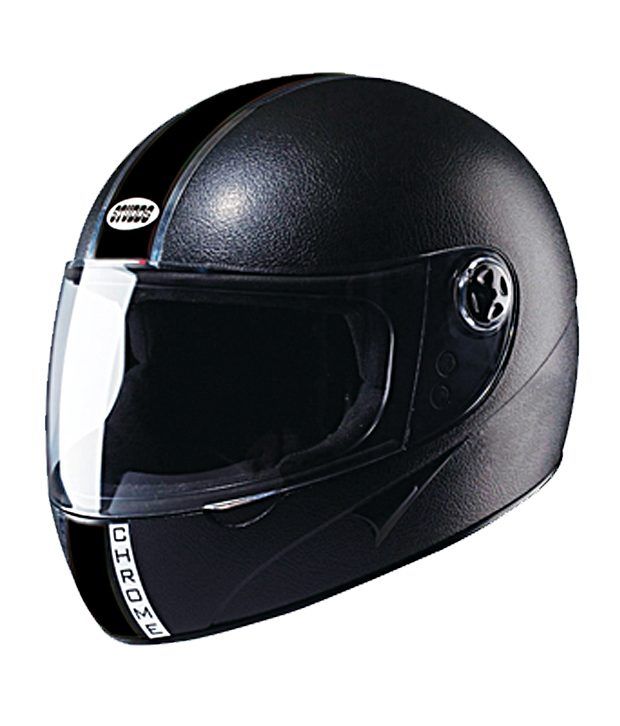- You have no items in your shopping cart
- Subtotal: රු0.00
Title: Advancements in Helmet Technology: Creating Safer Environments for Active Individuals
Introduction:
In recent years, there has been a significant increase in research and development efforts aimed at improving helmet technology. This case study explores the advancements made in helmet design and materials, highlighting their impact on safety and protection. By analyzing the evolution of helmet technology, we can better understand the critical role it plays in mitigating head injuries across various activities and industries.
Background:
Helmet technology has come a long way since its inception. Originally developed to protect soldiers during combat, helmets have evolved to serve a broader range of purposes. Today, Police Helmets are extensively used in sports, construction, cycling, and various other activities that pose a risk of head injuries. With an increasing emphasis on safety, designers and engineers are constantly seeking innovative ways to enhance helmet effectiveness.
Case Study: Advancements in Helmet Technology
1. Design Innovations:
Traditional helmet designs have typically focused on shock absorption and head retention. However, recent advancements have improved the structural integrity and distribution of impact forces. For instance, MIPS (Multi-directional Impact Protection System) technology has revolutionized helmet design by incorporating a low-friction layer between the head and the outer shell. This design allows for the better absorption of rotational forces, reducing the risk of brain injury.
2. Material Development:
New materials are continuously being developed to improve the strength, weight, and impact resistance of helmets. Carbon fiber, for example, offers superior strength and lightness, making it an ideal material for high-end helmets. Additionally, the integration of polycarbonate, a tough thermoplastic material, with foam liners enhances both durability and overall protection. These advancements have significantly elevated helmet safety standards across a range of activities.
3. Smart Helmet Technology:
Advances in electronics and sensors have paved the way for smart helmet technology. These helmets incorporate sophisticated sensors that monitor various parameters, such as impact force, head movement, and temperature. This data allows for real-time analysis and immediate response in critical situations. For instance, some smart helmets can detect an impact and trigger an emergency signal to alert nearby responders. This innovation is particularly valuable for activities like cycling, motorcycling, and extreme sports where prompt medical attention can be crucial.
4. Helmets for Concussion Prevention:
Awareness of concussions and their long-term consequences has increased in recent years. As a result, manufacturers are developing helmets explicitly designed to reduce the risk of concussions. These helmets employ special materials and design features, such as additional padding, to absorb and distribute impact forces more effectively. These advancements contribute significantly to the comprehensive protection and well-being of athletes and individuals involved in high-risk activities.
Conclusion:
Helmet technology has witnessed remarkable advancements, primarily driven by a growing emphasis on safety and a desire to minimize head injuries. Design innovations, material development, smart technologies, and the emergence of concussion-specific helmets have collectively improved the protective capabilities of helmets across various industries. By continuing to invest in research and development, we can expect further groundbreaking advancements that will undoubtedly lead to even safer environments for active individuals.
